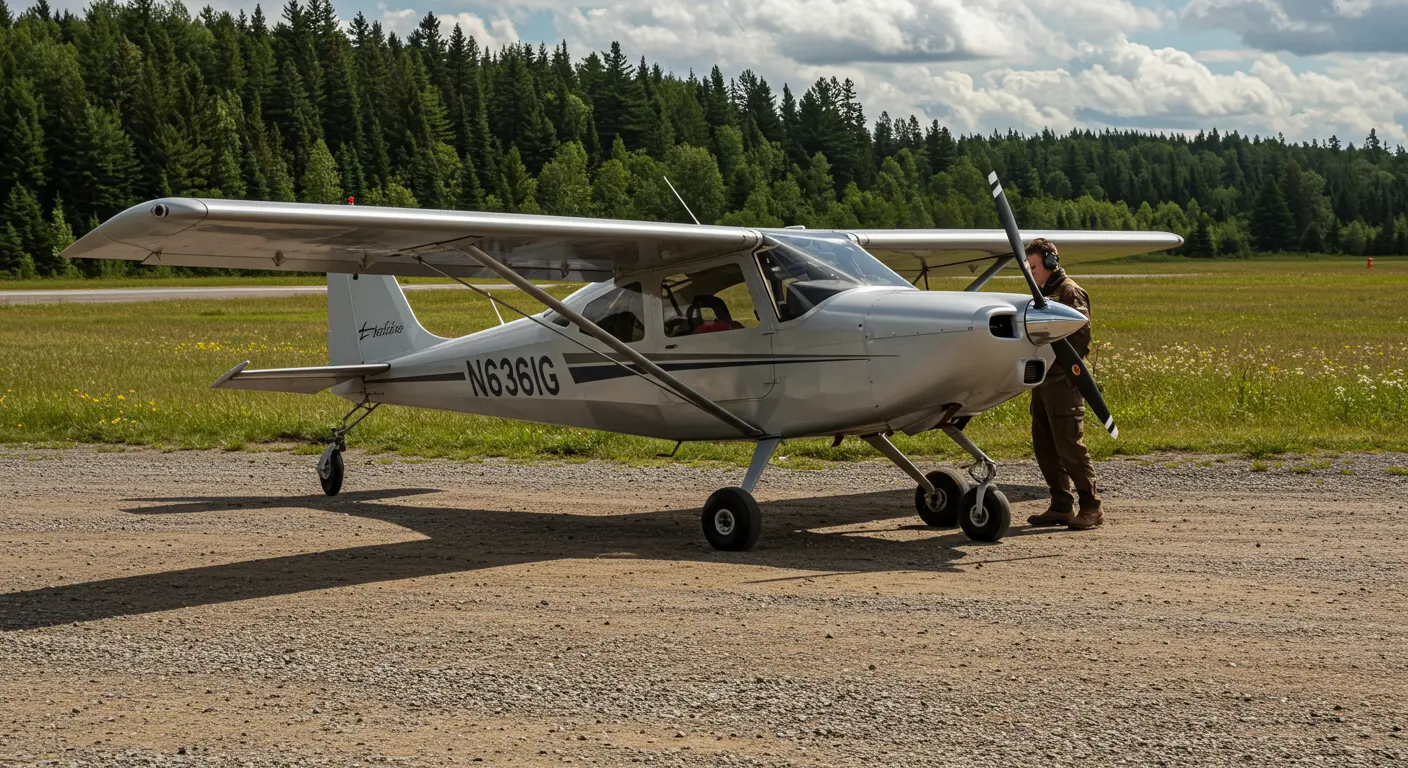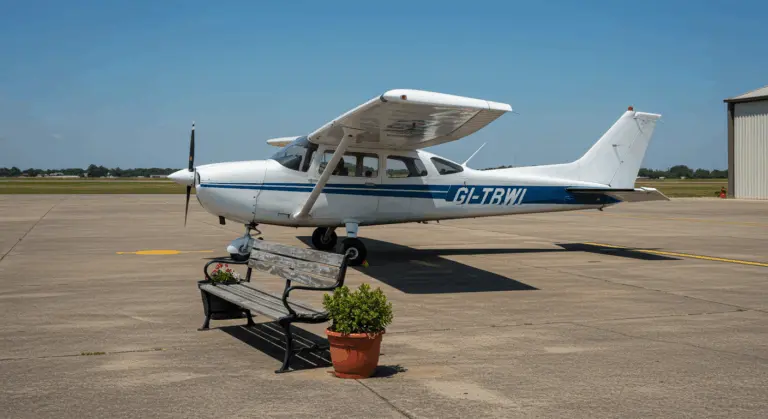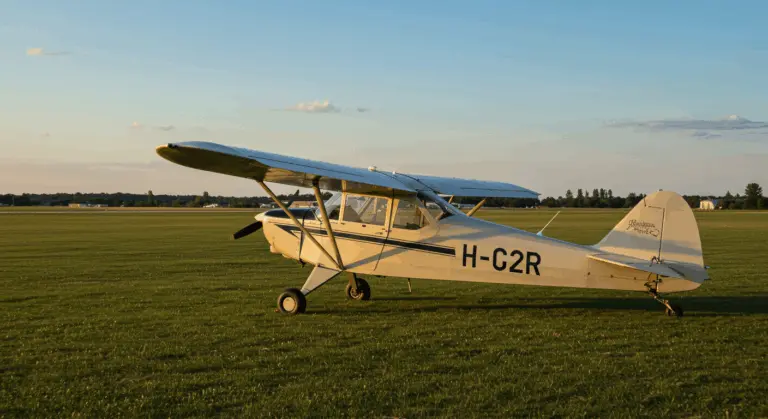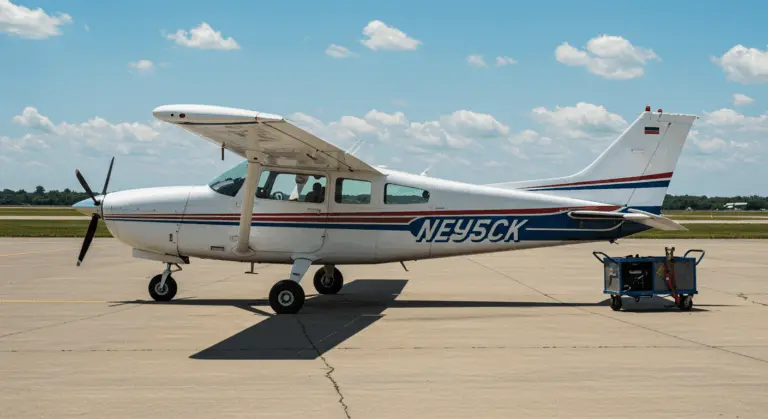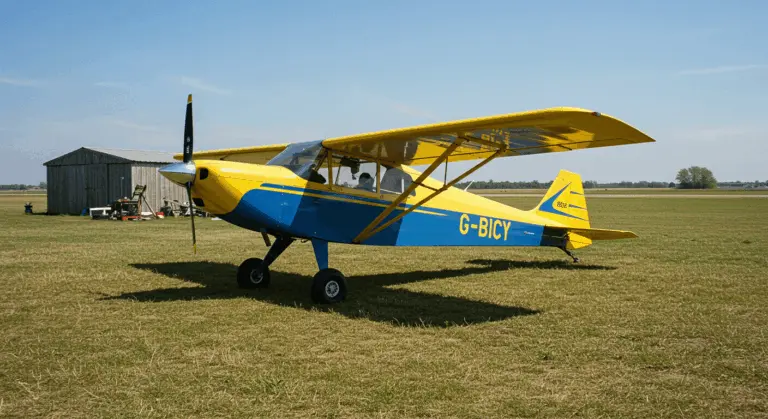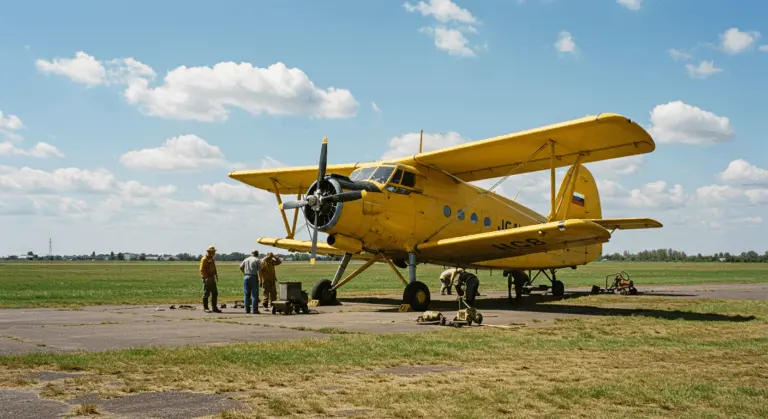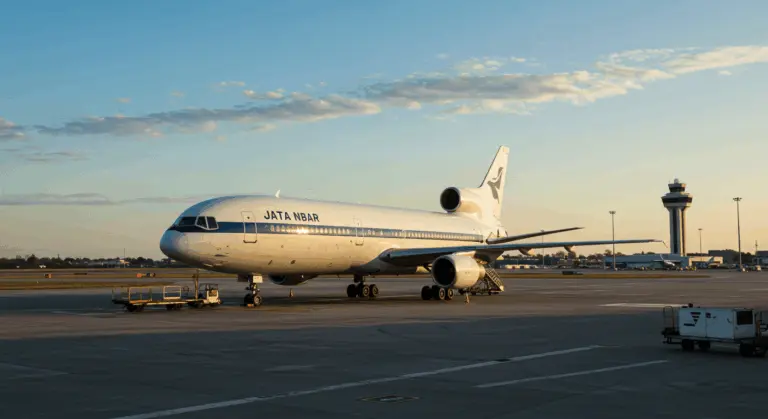Helio Courier – History, Design, and Capabilities
Overview of the Hello Courier Aircraft
The Hello Courier stands as one of aviation’s most extraordinary STOL (Short Take-Off and Landing) aircraft, operating in environments where conventional aircraft cannot. Born in 1949 as a cantilever high-wing light utility aircraft, this remarkable machine emerged from the brilliant minds of Professor Otto C. Köppen and Dr. Lyn Bollinger, who used a modified Piper PA-17 Vagabond as their foundation.
This versatile 6-place bush utility aircraft uses a piston engine delivering between 300 and 400 horsepower, with an impressive useful load of 1,700 pounds and a range stretching 912 nautical miles. Its defining feature, however, is the ability to take off and land in under 250 feet, making it ideal for operations in remote, unimproved areas.
When the aircraft first took to the skies on April 8, 1949, it launched a legacy that would span civilian operations, military missions, and clandestine agencies worldwide. As a large, complex tail dragger, the Hello Courier serves as an exceptional training platform for pilots who must navigate the world’s most unforgiving environments.
Design and Development of the Hello Courier
Interestingly, the Hello Courier’s legendary STOL capability wasn’t actually its primary design goal. When development commenced in 1949, the Hello Aircraft Company prioritized safety above all else—and the exceptional short-field performance that became its signature emerged as a remarkable byproduct of this safety-first philosophy.
The development team envisioned an aircraft capable of maintaining precise control at extremely low airspeeds, dramatically reducing landing distances while enhancing survivability during emergency situations. This safety-focused approach resulted in innovative design elements like the distinctive high-wing configuration and specialized control surfaces that became the Courier’s signature features.
The design evolved into the H-295 Super Courier, which fully realized the original concept’s potential. This development established the Hello’s reputation for legendary STOL performance while preserving the safety characteristics that had driven its initial development. The aircraft’s ability to operate confidently in environments that would ground conventional aircraft made it uniquely invaluable for specialized operations across the globe.
Key Design Features
-
Automatic Leading-Edge Slats & Flaps: Slats automatically deploy below 55-60 mph to enhance lift and prevent stalls, working with full-length flaps to maximize lifting capacity.
-
Low-Speed Control: Specialized Frisé ailerons maintain effective roll control at speeds as low as 27 mph.
-
Versatile Landing Gear: The main gear is positioned far forward to allow aggressive braking without risking a nose-over. An innovative crosswind system allows the wheels to caster up to 20 degrees, enabling safe landings in significant crosswinds.
-
Crashworthiness: Reflecting its safety-first design philosophy, the entire airframe is engineered with a robust structure to enhance survivability.
Operational History of the Hello Courier
The Hello Courier’s operational history spans both civilian and military applications across some of Earth’s most challenging environments. From its very beginning, the aircraft’s unique marriage of STOL capabilities and substantial safety margins made it indispensable for operations where conventional aircraft would simply fail.
In civilian hands, the Courier found its place among bush pilots, missionaries, and commercial operators venturing into remote, undeveloped regions. Its ability to access areas without prepared runways opened up possibilities for transportation, medical evacuation, and supply delivery to previously isolated communities.
The Hello Courier made its greatest historical impact through clandestine operations. Designated as the U-10 in military service, the aircraft became the CIA and U.S. Air Force’s go-to platform for covert missions that demanded its unique capabilities. These shadowy operations included extracting personnel from hostile territory, supporting partisan groups behind enemy lines, and conducting classified missions throughout Southeast Asia—particularly in Laos during the tumultuous Vietnam War era.
The Courier’s ability to operate from crude airstrips and squeeze into impossibly tight spaces made it the ideal platform for operations where stealth and access were paramount. This diverse operational history established the Hello Courier’s reputation as more than just an engineering marvel—it became a historically significant instrument serving both humanitarian missions and national security operations.
Military Use of the Hello Courier
The military adoption of the Hello Courier, designated as the U-10, marks an important period in the aircraft’s storied history. The U.S. Air Force and other government agencies saw that the Courier’s exceptional STOL capabilities offered unparalleled advantages for specialized operations, particularly throughout Southeast Asia during the Vietnam conflict.
Military Couriers demonstrated their value across diverse roles: liaison duties, cargo transport, reconnaissance, and aerial observation. Their ability to operate from crude, hastily prepared airstrips made them invaluable for accessing remote outposts and supporting troops in areas where conventional aircraft couldn’t land. More remarkably, they could slip into spaces that would be utterly impossible for other fixed-wing aircraft.
During construction of the Trans-Alaska Pipeline, these aircraft transported personnel and equipment to remote construction sites scattered across the wilderness. Later, they were deployed for surveying the pipeline route using specialized camera equipment, taking advantage of their slow-speed stability and off-airport capabilities. Over a grueling two-year survey period, the Hello Couriers missed only three days of operations—an extraordinary testament to their reliability in Alaska’s harsh conditions.
The military legacy of the Hello Courier demonstrates how specialized aircraft can fill critical operational niches that conventional designs cannot address, making them invaluable despite their relatively small production numbers.
Variants of the Hello Courier
Throughout its production lifespan, the Hello Courier evolved through several significant variants, each improving the aircraft’s capabilities for specific operational demands. This evolutionary development reflects both advancing technology and shifting market requirements for specialized STOL aircraft.
-
H-295 Super Courier: One of the most successful variants, featuring a 295-horsepower Becoming GO-480 engine that enhanced its STOL capabilities.
-
H-700 and H-800 Couriers: Other civilian models that incorporated various refinements and improvements over earlier versions.
-
U-10 (Military Variants): A designation covering several specialized versions adapted for liaison, cargo transport, reconnaissance, and special operations.
This development approach allowed the Courier’s fundamental design to remain relevant across decades, adapting to specific operational needs while preserving its exceptional STOL performance that made it legendary.
Hello Courier Model H-295 Super Courier
The H-295 Super Courier stands as perhaps the most refined and capable iteration of the Hello Courier family, incorporating years of design experience to maximize both performance and utility. Manufactured by the Hello Aircraft Company, this variant represented the pinnacle of the Super Courier lineage, incorporating significant enhancements that made it highly valued by operators worldwide.
Powering the H-295 is the robust Becoming GO-480 engine, delivering 295 horsepower through a 96-inch Hartnell 3-blade propeller. This power plant provided the thrust necessary for the aircraft’s remarkable short-field performance while maintaining reliability in remote operations where maintenance resources might be limited.
The H-295 offered enhanced gross weight capacity—initially rated at 3,400 pounds, then expanded to 3,800 pounds through Supplemental Type Certificates (STCs). This enhanced its utility, allowing operators to carry more fuel, passengers, or cargo.
The cabin configuration offered comfortable 6-place seating with a full third row arranged side-by-side, transforming the Super Courier into an ideal platform for both passenger transport and utility operations. This remarkable versatility contributed significantly to the model’s popularity across diverse operational environments.
An intriguing variation emerged: the tricycle gear version—the sole non-tail wheel model ever produced by the factory—which delivered improved ground handling characteristics. Interestingly, some operators later converted standard tail wheel H-295s to this configuration through STCs, seeking similar handling benefits.
The H-295 Super Courier represents the peak of the Hello design philosophy, delivering exceptional STOL performance without compromising on safety, reliability, or utility—qualities that make its surviving examples highly valued today.
Performance Metrics of the Hello Courier
-
Maximum Speed: 180 mph
-
Cruising Speed: 160 mph
-
Minimum Control Speed: 27 mph
-
Rate of Climb: 1,150 ft/min
-
Service Ceiling: 20,500 ft
-
Takeoff Distance: As little as 342 feet at gross weight
-
Range: Approximately 1,100 miles
Pilot Training and Transitioning to the Hello Courier
Transitioning to the Hello Courier involves both challenges and rewards, demanding that pilots master specialized skills that make the most of the aircraft’s distinctive tail dragger configuration and revolutionary STOL design.
-
Slow-Flight Technique: Mastering precise control at extremely low airspeeds, a crucial skill for approaching short or confined landing areas.
-
Crosswind Landings: Effectively using the catering landing gear system, which allows the wheels to pivot up to 20 degrees to handle crosswinds up to 25 knots.
-
Short-Field Operations: Executing disciplined approaches to land consistently on unimproved strips in under 500 feet.
Training follows a progressive path from conventional runways to increasingly challenging unimproved strips, maintaining constant emphasis on the precise, low-speed control techniques essential to unlocking the Courier’s full potential.
Though demanding, this rigorous training process gives pilots with an extraordinary capability: accessing landing areas that remain impossible for conventional aircraft. This transforms the Hello Courier into one of aviation’s most capable and versatile bush planes.
Current Operators and Legacy of the Hello Courier
Although Hello Courier production ceased decades ago, these remarkable aircraft continue serving with distinction in specialized roles worldwide. Today’s primary operators include private owners, bush pilots, and niche charter companies that use the Courier’s unmatched STOL capabilities to reach remote locations—particularly in regions like Alaska and parts of Africa where conventional infrastructure remains virtually nonexistent.
Missionary and humanitarian organizations represent another vital operator community. These groups value the aircraft’s ability to serve isolated communities with minimal ground infrastructure, delivering medical supplies, personnel, and essential goods to areas that would otherwise remain cut off from such services. The Courier’s combination of payload capacity and short-field performance makes it uniquely suited for these humanitarian missions.
The Hello Courier’s legacy extends far beyond its current use. As an enduring symbol of rugged utility aviation, it represents a benchmark in STOL design that continues influencing modern bush planes. The aircraft’s groundbreaking features—from automatic leading-edge slats to innovative catering landing gear—demonstrated engineering principles that remain relevant in contemporary aviation.
A passionate community of enthusiasts works to preserve flying examples of the Courier, recognizing its profound historical significance in both civilian and military aviation. These dedicated preservation efforts ensure that future generations can appreciate the aircraft’s contributions to specialized aviation operations and its pivotal role in accessing Earth’s most remote regions.
While newer STOL aircraft have certainly emerged, remarkably few have matched the Hello Courier’s unique combination of capabilities. This enduring relevance demonstrates the design’s fundamental soundness, ensuring the Courier remains a treasured asset for operating in the world’s most challenging environments.

